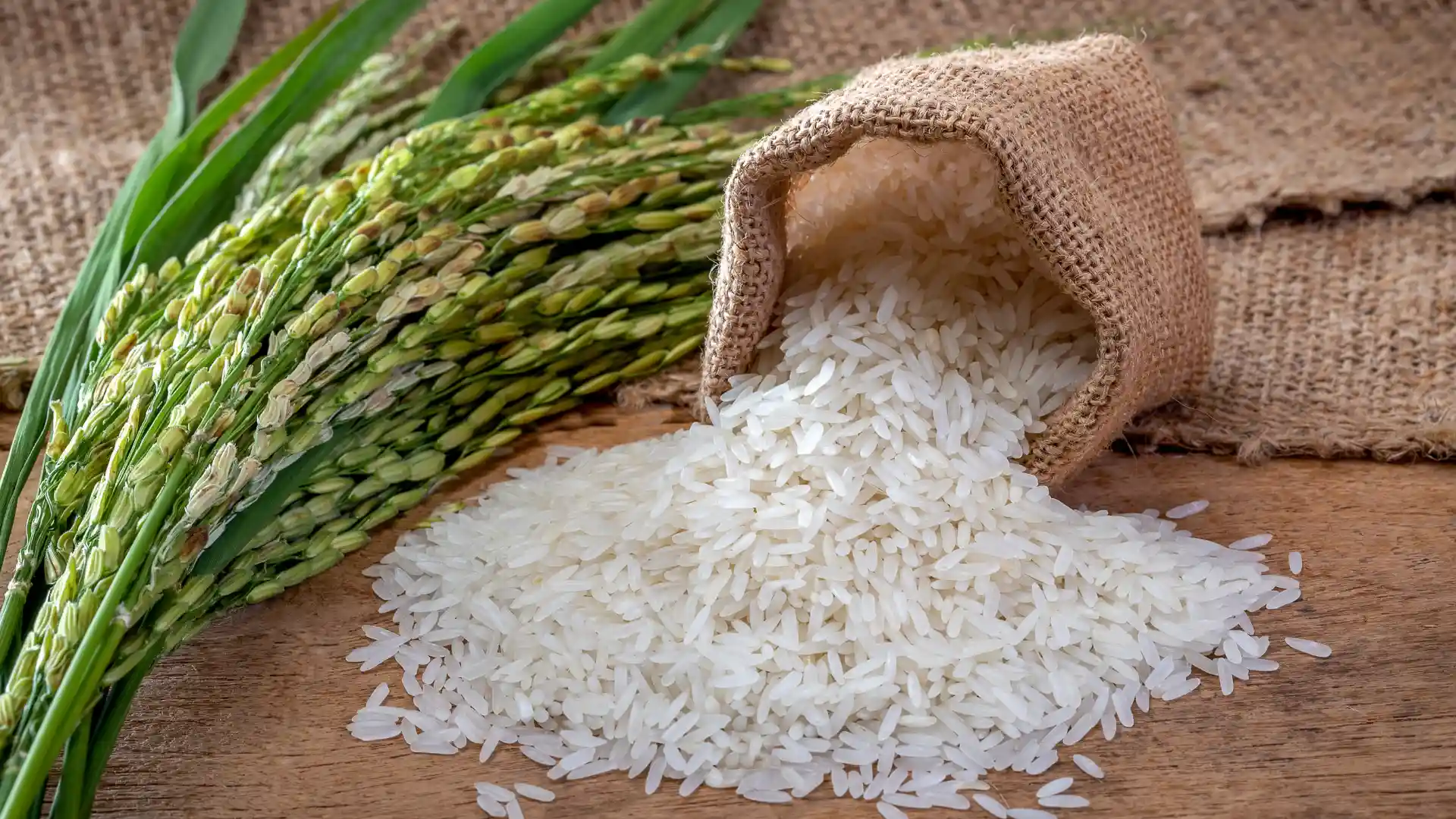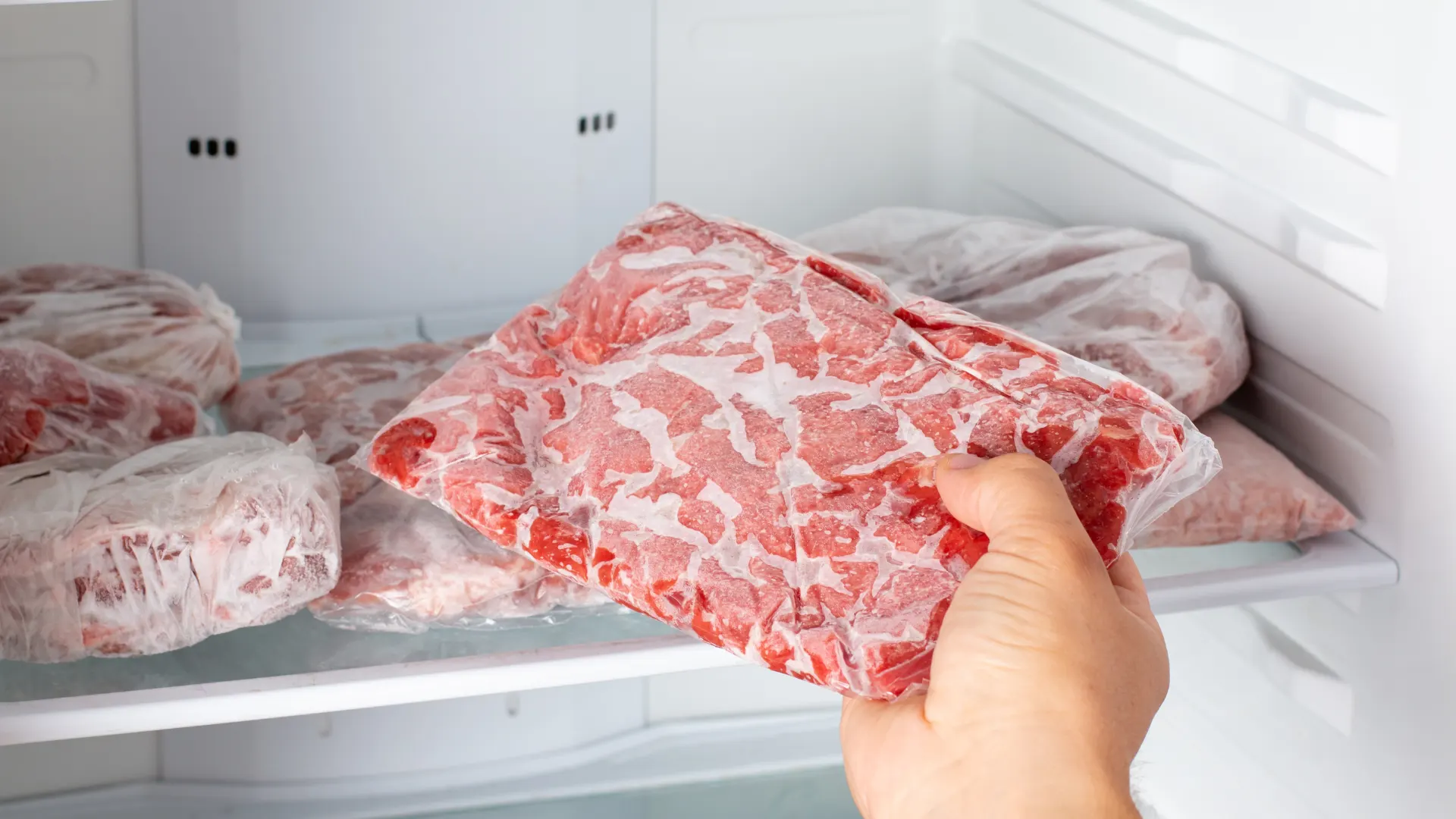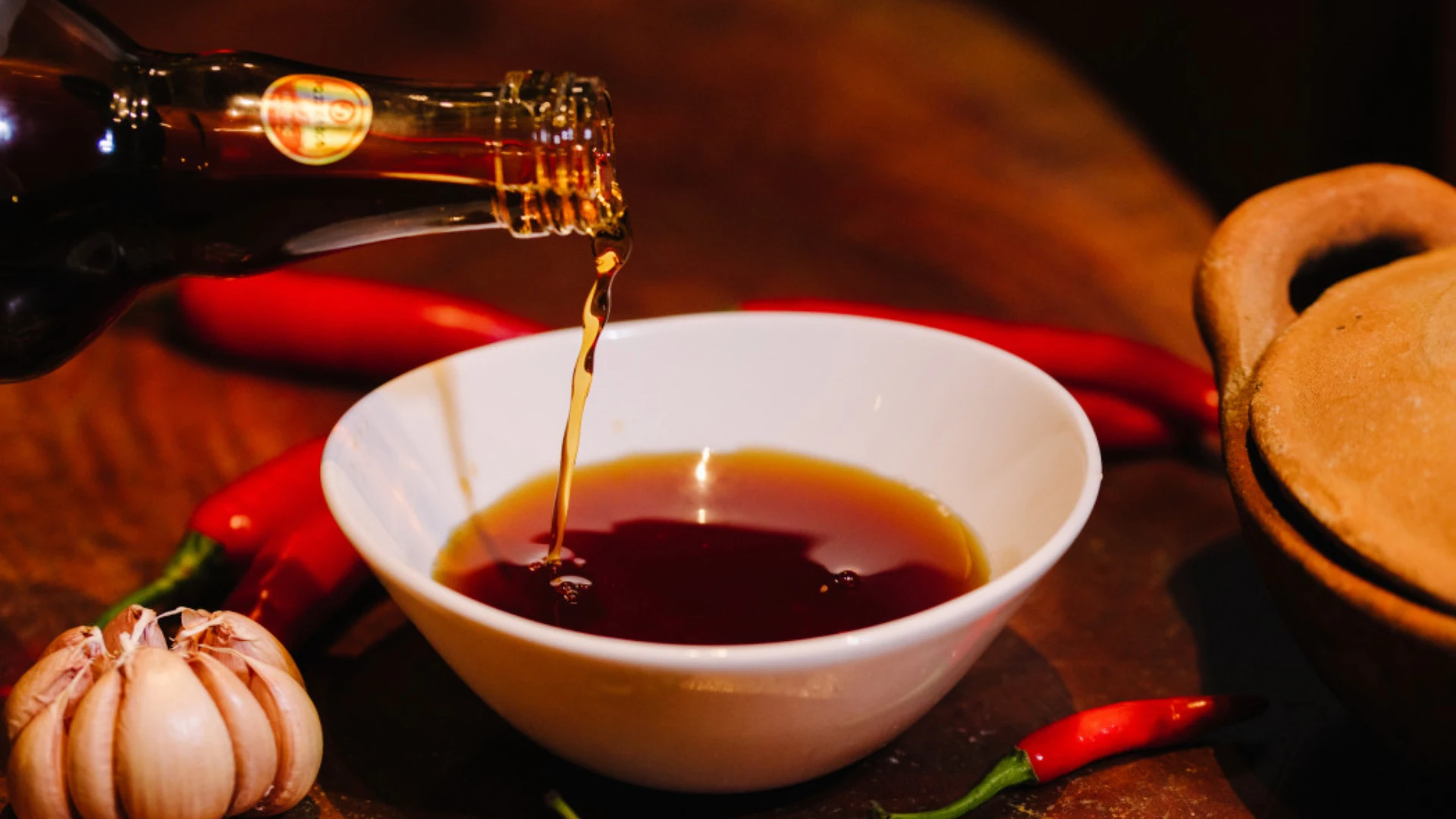Tips for Cooking Vietnamese Dishes With Less Oil (But Still Delicious): Healthy, Flavorful Cooking Secrets
When it comes to Vietnamese cooking, people often think of refined seasoning techniques, diverse ingredients, and rich, balanced flavors. But in today’s health-conscious world, lighter cooking styles are gaining more attention - especially methods that reduce oil while preserving the signature taste of Vietnamese cuisine. To balance flavor and well-being, finding ways to cook with less oil without sacrificing deliciousness is essential.
In this guide, VeeFood shares practical and easy-to-apply tips based on traditional Vietnamese techniques combined with healthier, modern cooking methods. These tricks will help you create dishes that are both flavorful and gentle on the stomach - perfect for everyday meals. Let’s dive in!
1. Why Should You Cook Vietnamese Dishes With Less Oil?
Vietnamese cuisine is known for being lighter than many others thanks to its emphasis on vegetables, fresh herbs, and balanced flavors. However, some stir-fried, braised, or pan-fried dishes can still use a considerable amount of oil, making them heavy or harder to digest.
Reducing oil in cooking brings multiple benefits:
- Improves digestion and helps prevent post-meal bloating
- Reduces intake of saturated fat, supporting heart health
- Preserves the natural flavors of ingredients instead of letting oil overpower them
- Produces lighter dishes suitable for weight-management or clean-eating diets
Incorporating low-oil cooking techniques into Vietnamese meals helps you maintain a healthier lifestyle without compromising flavor.
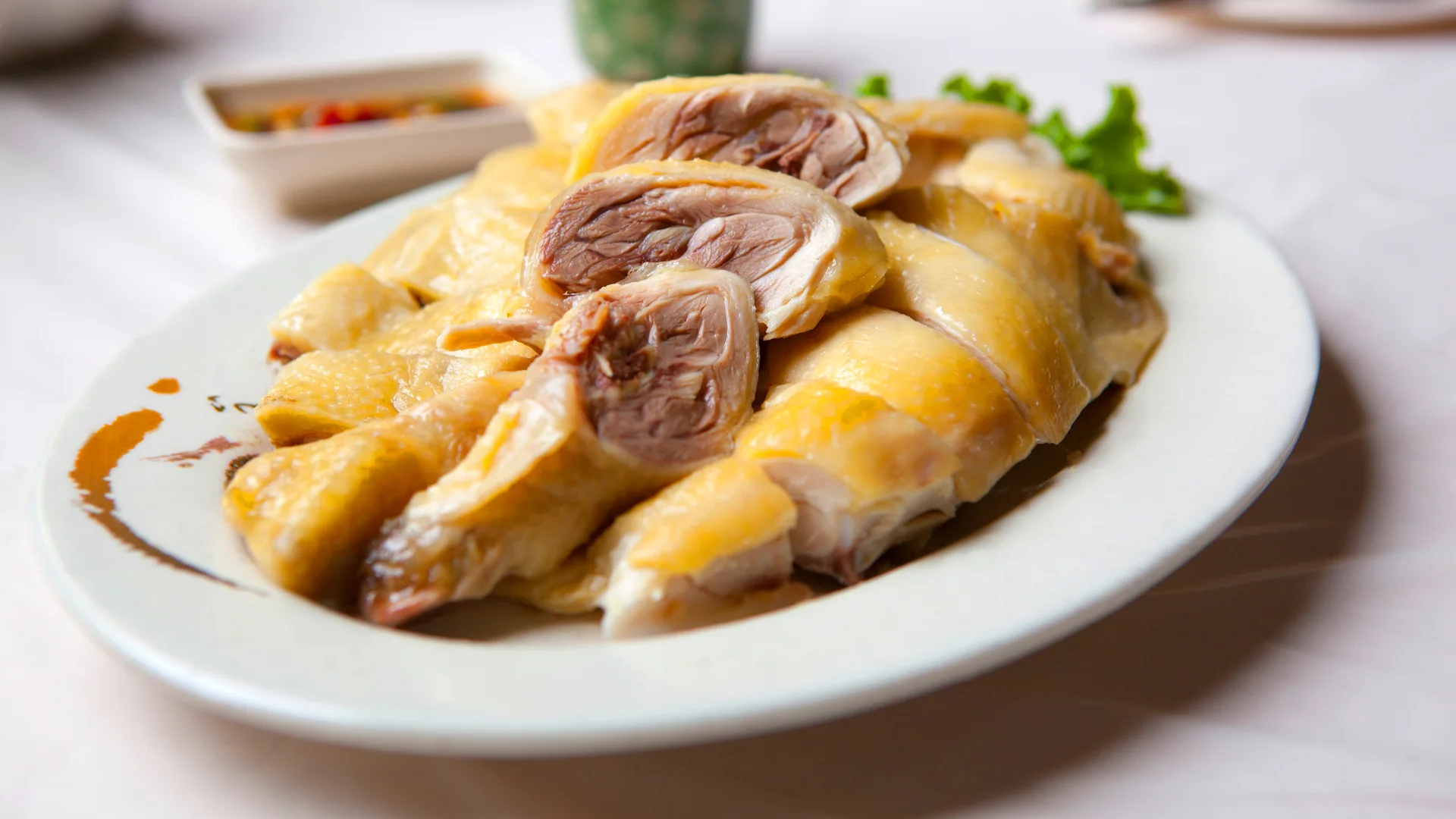
Boiled chicken is beneficial for health and for those on a diet
2. Tips for Cooking Vietnamese Dishes With Less Oil
Below are practical, easy-to-follow cooking methods suitable for beginners and experienced home cooks alike. Whether you love stir-fries, braised dishes, or classic Vietnamese soups, these tips can be applied flexibly.
2.1. Use an Air Fryer for Fried or Crispy Dishes
For Vietnamese favorites like spring rolls, fish sauce chicken wings, or caramelized shrimp, an air fryer helps reduce oil significantly:
- Only a light mist of oil is needed - or none for certain ingredients
- Creates natural crispiness without excessive oil absorption
- Ideal for Vietnamese dishes that require a golden, crispy finish
This method is convenient, time-saving, and produces flavorful results.

Using an air fryer helps limit oil consumption
2.2. Use a Quality Nonstick Pan to Reduce Oil in Stir-Fries
For stir-fried vegetables, meat, or seafood, you can cut oil usage by up to 50% with a good nonstick pan:
- Preheat the pan before adding oil to create a natural nonstick layer
- Stir-fry on high heat to retain crispness and reduce oil absorption
- Only 1–2 tablespoons of oil are needed for 2–3 servings
This keeps stir-fried dishes flavorful and light.
2.3. Steam, Boil, or Pan-Sear Instead of Deep Frying
Many Vietnamese dishes can be transformed into healthier versions simply by changing the cooking technique:
- Steaming preserves natural sweetness - great for fish, vegetables, or meatballs
- Pan-searing uses minimal oil but still gives a golden crust
- Boiling results in refreshing, nutrient-rich dishes with zero added fat
These methods help lighten meals while still maintaining Vietnamese authenticity.
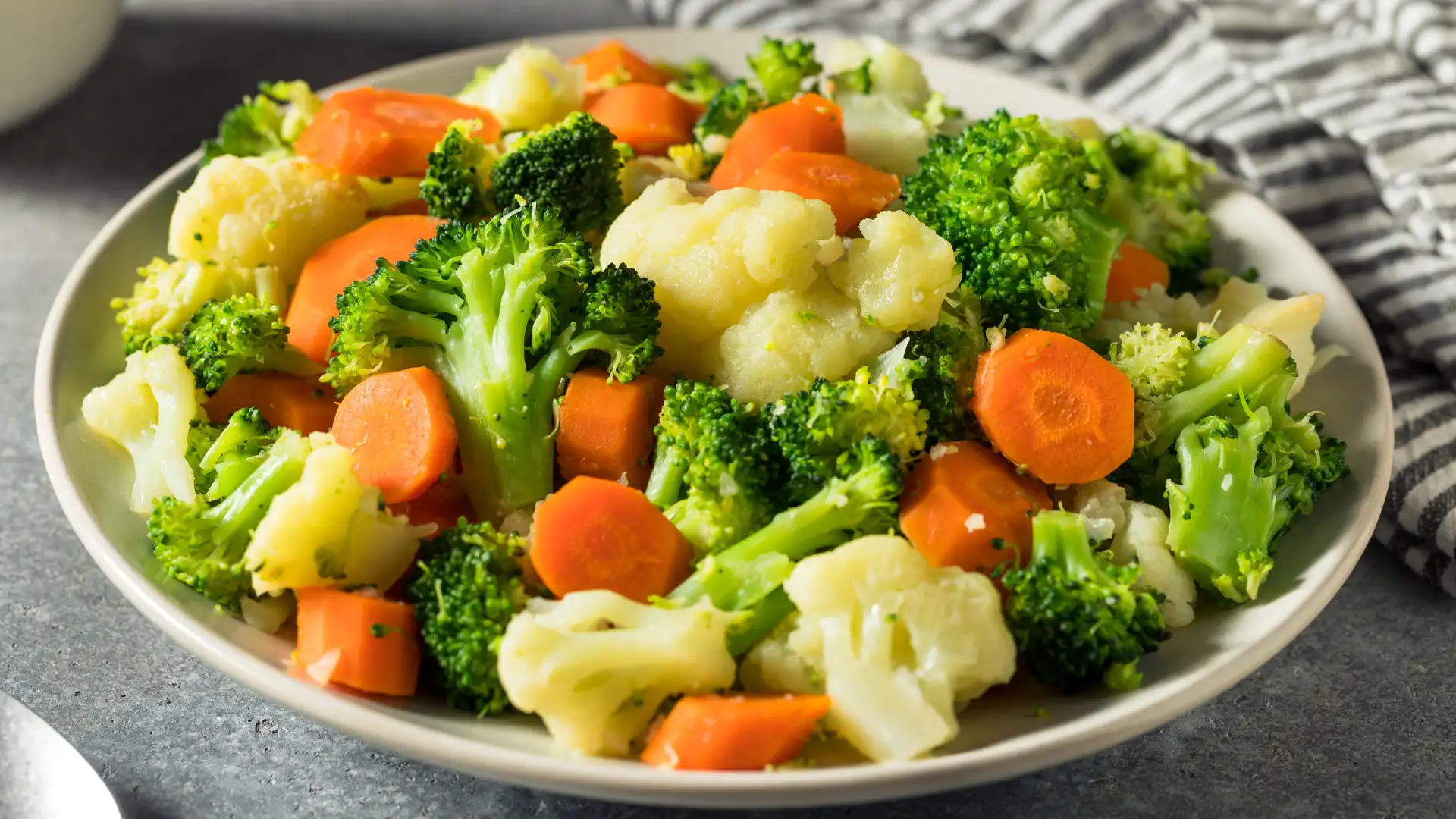
Boiled vegetables are beneficial for the digestive system
2.4. Marinate Ingredients Well to Reduce Oil Dependence
Marination is a cornerstone of Vietnamese cooking. Properly seasoned ingredients require less oil to achieve rich flavor:
- Use garlic, shallots, pepper, ginger, fish sauce, or marinade sauces for depth
- The longer the marination, the more flavorful the dish becomes
- Works well for meat, fish, seafood, and even vegetarian dishes
When ingredients are deeply seasoned, you don’t need to rely on oil for aroma.
2.5. Use Clay Pots or Cast-Iron Pots for Braised Dishes
Many classic Vietnamese braised dishes - like caramelized fish, braised pork, or glazed ribs - tend to use more oil. But you can reduce this with:
- Clay pots or cast-iron pots that retain heat and produce natural color
- Caramel sauce (nuoc mau) to create shine without extra oil
- Slow simmering so ingredients release their own fat
This produces deep, savory flavors while keeping dishes lighter and healthier.
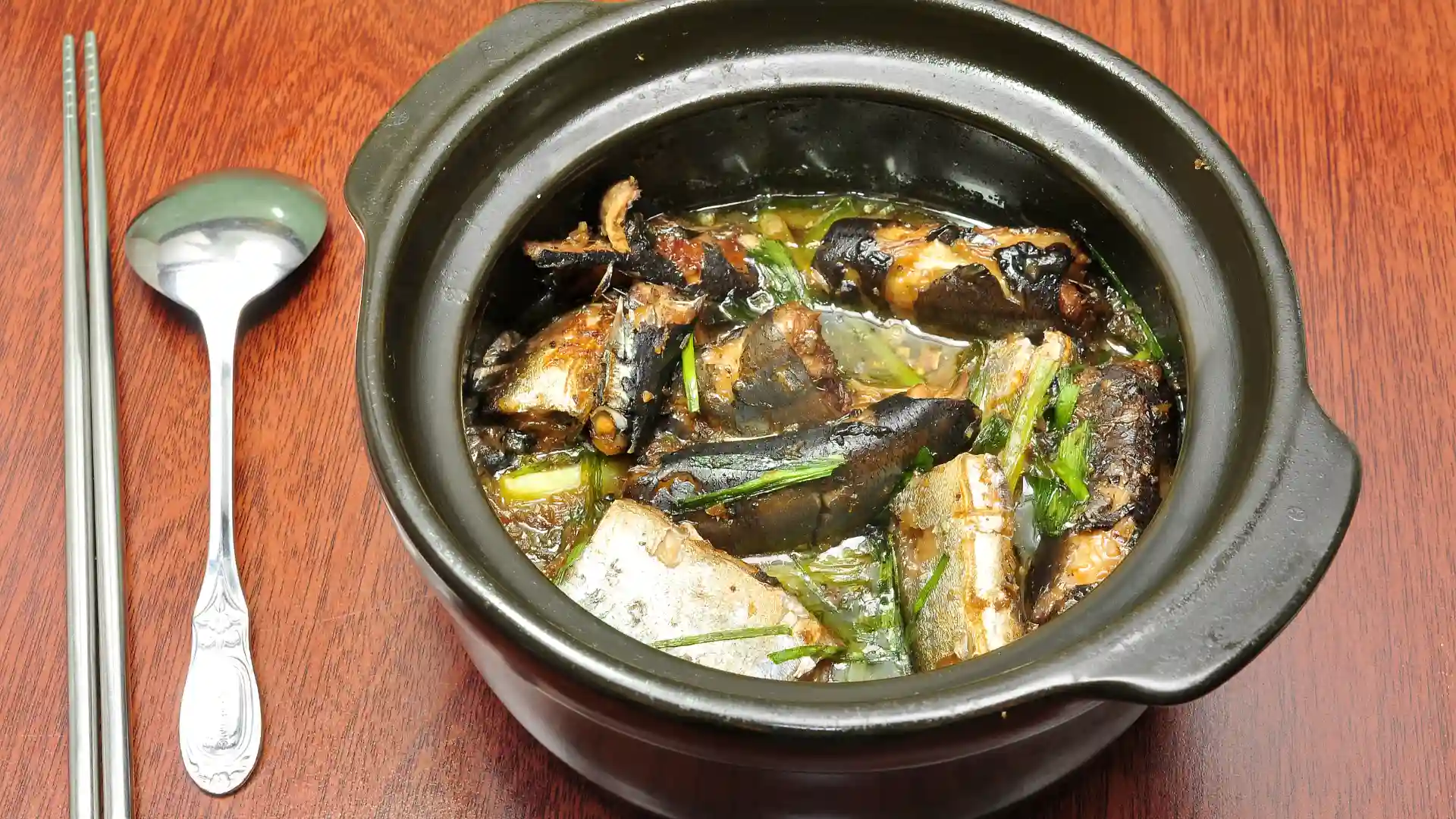
Using a clay pot for cooking allows the food to cook quickly without needing oil
2.6. Choose Fresh, Lean, High-Quality Ingredients
Ingredient quality accounts for about 70% of a Vietnamese dish’s flavor. When selecting ingredients:
- Choose lean cuts instead of fatty meat
- Use fresh vegetables that cook quickly and retain water
- Avoid long-frozen items, which release excess oil during cooking
Fresh ingredients naturally create lighter dishes with cleaner flavors.
3. Where to Buy Quality Vietnamese Ingredients – Recommendations From VeeFood
If you’re living in the U.S. and looking for authentic Vietnamese ingredients, VeeFood is a reliable choice. They offer everything from fresh produce to dry goods and imported Vietnamese staples, making it easy to recreate authentic dishes at home. You can also find quality food-storage products to support your cooking needs.
VeeFood highlights:
- Online shopping with 3–5-day home delivery
- Free shipping on orders over $49.99
- 14-day return or exchange policy
You can also find authentic Vietnamese products at CT Produce or Cho Viet My, trusted shopping spots for the Vietnamese community.
Cooking Vietnamese dishes with less oil not only makes meals lighter and healthier, but also preserves the clean, aromatic flavors that define Vietnamese cuisine. With a few simple adjustments in cooking techniques and ingredient selection, you can create delicious, wholesome dishes every day. And if you're looking for convenient, high-quality Vietnamese ingredients, don’t forget to check out VeeFood for easy shopping and truly authentic flavors.
 Support every time 24/7
Support every time 24/7
 Accept payment: Paypal, Credit or Debit card
Accept payment: Paypal, Credit or Debit card
 Free shipping: On order from $49.99
Free shipping: On order from $49.99
 14 days return: 14 days guarantee
14 days return: 14 days guarantee

